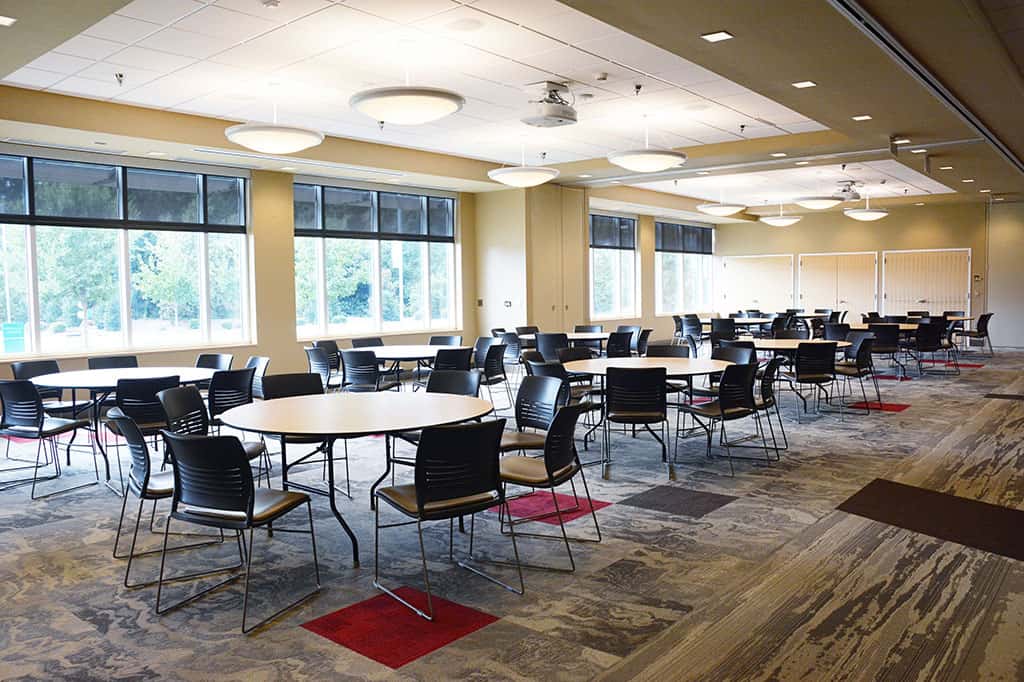
Many conference planners find themselves wondering whether their most recent event truly performed in line with previous events, but they often lack the data that can answer that question. Data tracking has been in the news regularly over the last few years, and not always in the best way. This has caused many small and medium sized conference planners to shy away from asking for, maintaining, or analyzing data. Keeping a record of this information is the most time- and cost-efficient way to measure an event’s success, and it doesn’t have to be complicated or stressful. There are three main groups of information that serve as an invaluable source of insight for professionals everywhere: RSVPs, actual attendance, and response.
Tracking RSVPs is a great opportunity to learn more about those who are interested in your organization or services. Leveraging an online RSVP page is the simplest, most effective way to find out more not only about those who actually RSVP, but those who visit the page looking for additional information. Simply adding a short tracking code to the page via Google Analytics has the potential to expand what you know about your audience significantly. You can learn a range of information, from their city to how they arrived at the RSVP page. This data is automatically collected in a way that complies with important data use regulations, so there’s no risk at all.
In addition, you can include in a few questions that are the most valuable in an RSVP form. Along with the basics like name and phone number, you could ask for job title, how someone heard about your brand, and whether or not they’ve attended one of your events before. You can also use this as a way to collect email addresses for future event marketing. However, ensure that you have their permission to send these types of emails to that address in order to comply with data regulations.
Keeping up with attendance information is probably the area that comes most naturally to those planning events. It isn’t difficult to find out how many of those who RSVP’d actually made it to your conference. You can also get a better feel for your audience’s demographics this way, even if you aren’t able to nail down the exact number of men versus women at your event, you can get a fairly accurate estimate from looking at the crowd. In the same way, this is a great method for determining if there’s a particular age range that seems more interested in your brand.
Finally, don’t be afraid to ask your guests for feedback. We even wrote a blog post on the subject a while back that explains the basics and offers some inspiration for potential questions. Just make sure that you ask a few quantitative questions like, “On a scale of 1 to 5, how would you rate this event’s catering?” Responses to these questions have an edge that qualitative or open ended questions don’t: you can use them as key performance indicators (KPIs) to compare against those from future events. Don’t dismiss qualitative questions, though. They can give you incredible insights into what your audience loved and what they wish had been different. Choosing to ask for feedback using a mix of these types of questions will give you a competitive edge when it’s time to plan your next event.
If you’re ready to design your ideal conference and find solutions that provide the most value to both your brand and your audience, our dedicated event planners are ready to help. Give us a call today.
